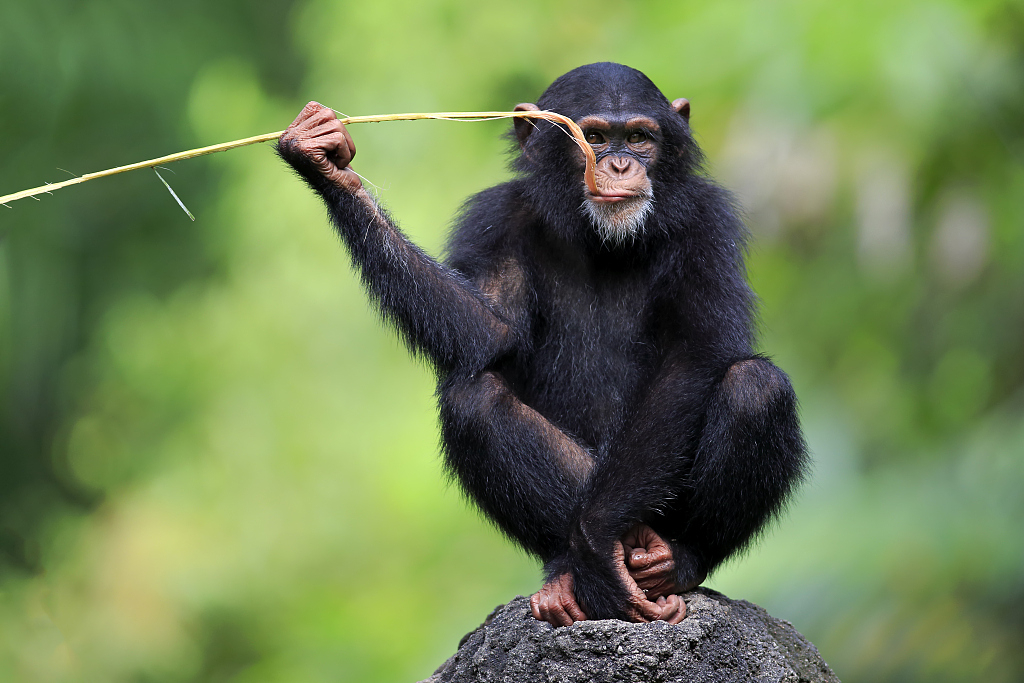

a anterior, p posterior, d dorsal, v ventral, AC anterior commissure, cc corpus callosum, ACC anterior cingulate cortex, CGS cingulate sulcus, MCC mid-cingulate cortex, PCC posterior cingulate cortex, RSC retrosplenial cortex, PCGS paracingulate sulcus, SU-ROS supra-rostral sulcus, SOS sulcus sus-orbitalis. d Cytoarchitectonic organization of the aMCC in hemispheres with and without a PCGS, as shown on coronal sections at the anteroposterior level displayed by the blue line in ( c). When a PCGS is absent, the ventral and dorsal banks of the CGS are respectively occupied by area 24c′ and 32′. In the aMCC, when a PCGS is present, both banks of the CGS are occupied by area 24c′ whereas the ventral bank of the PCGS is occupied by area 32′. This model identifies the limit between the ACC and the aMCC at the level of the anterior limit of the genu of the corpus callosum, the limit between the aMCC and the pMCC as being the anterior commissure. c The 4-regions model is represented in a hemisphere displaying a PCGS. b In hemispheres with a PCGS, it is the PCGS that starts rostrally at the intersection with the SUROS and the SOS 13, 14. 1).Ī In hemispheres displaying no PCGS, the CGS starts at the intersection with the supra-rostral sulcus (SUROS) and the sulcus sus-orbitalis (SOS) in front of the genu of the corpus callosum. In the human brain, the impact of the presence of a PCGS on the cytoarchitectonic organization (i.e., the cellular organization of the cerebral cortex) of the aMCC is known 10: when the PCGS is absent, areas 24c′ and 32′ occupy, respectively, the ventral and the dorsal banks of the CGS however, when a PCGS is present, area 24c′ occupies both banks of the CGS and area 32′ occupies the PCGS (Fig. From the ACC, the PCGS runs caudally where the anterior mid-cingulate cortex (aMCC) lies, but it can also run as far posterior as the level of the anterior commissure (where the posterior mid-cingulate cortex (pMCC) lies) (Fig. We are referring here to the cingulate subdivisions proposed by Vogt et al. The PCGS is observed in about 70% of subjects at least in one hemisphere 10, 11, 12, 13 and most often starts at the intersection with the sus-orbitalis and the supra-rostral sulcus, in front and at the level of the anterior limit of the genu of the corpus callosum, where the anterior cingulate cortex (ACC) lies (Fig. Among the sulci that characterize the human medial frontal cortex, the paracingulate sulcus (PCGS) is a secondary sulcus running dorsal and parallel to the cingulate sulcus (CGS) in a rostro-caudal direction 10, 11 in the medial frontal cortex. With a common evolutionary history until 7 million years ago, the chimpanzee is a key model for better understanding the evolution of brain regions that have largely expanded in the human brain, such as the medial prefrontal cortex 9. Comparative neuroimaging studies are principally relying on a comparison between human brains and a limited number of non-human primate models, namely macaques and marmosets 6, 7, whose ancestors diverged from human ancestors 25 and 35 million years ago, respectively 8. With the development of neuroimaging tools, one could address comparative neuroanatomy questions in vivo at different levels of analysis, from gross morphology (e.g., sulcal pattern analysis) to brain connectivity (e.g., resting-state functional Magnetic Resonance Imaging analysis).


But this expansion has differentially impacted brain circuits 5. Comparative neuroanatomical studies have demonstrated that ecological and social pressures are key factors that have driven the expansion of the neocortex in primates. This website is developed as a part of the world's largest public domain archive, PICRYL.Understanding the mechanisms underlying brain evolution, and more specifically of the human brain, is still the topic of intense debates 1, 2, 3, 4. Serving more than 17 million patrons a year, and millions more online, the Library holds more than 51 million items, from books, e-books, and DVDs to renowned research collections used by scholars from around the world.ĭisclaimer: The media on this page is placed in the public domain by New York Public Library, 445 Fifth Avenue, 4th Floor New York, NY. Founded in 1895, NYPL is the nation’s largest public library system, featuring a unique combination of 88 neighborhood branches and four scholarly research centers, bringing together an extraordinary richness of resources and opportunities available to all.
Chimpanzee images free#
The media on this page is placed in the public domain by New York Public Library, an essential provider of free books, information, ideas, and education for all New Yorkers for more than 100 years.


 0 kommentar(er)
0 kommentar(er)
